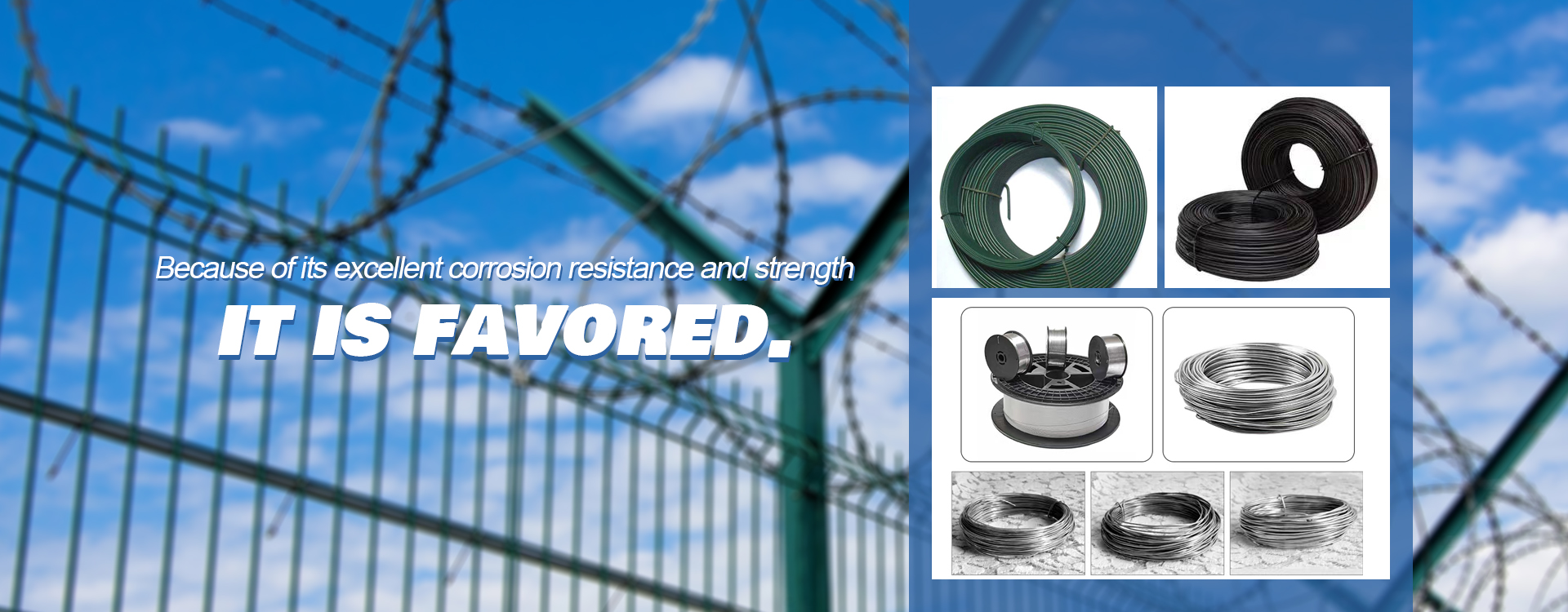 TEL:
+86-13102802206
TEL:
+86-13102802206
 Email:
fencenetting@china.com
Email:
fencenetting@china.com
 Language
Language
 TEL:
+86-13102802206
TEL:
+86-13102802206
 Email:
fencenetting@china.com
Email:
fencenetting@china.com
 Language
Language


The Versatility and Applications of 500m Barbed Wire
Barbed wire has been a vital invention since its introduction in the late 19th century. Its primary function is to create barriers and enclosures, making it an essential tool for farmers, ranchers, and security personnel around the globe. The variant known as 500m barbed wire, characterized by its length and efficiency, plays a significant role in various applications today.
Understanding Barbed Wire
Barbed wire consists of two or more strands of wire twisted together with barbs or sharp points at intervals along the length. This design deters animals and intruders from crossing boundaries. The 500-meter length is especially popular because it strikes a balance between convenience and coverage, making it suitable for a wide range of projects. Whether it is enclosing large properties, securing agricultural areas, or establishing barriers to prevent trespassing, 500m barbed wire remains a practical choice.
Agricultural Use
In the agricultural sector, barbed wire serves multiple purposes. Farmers utilize 500m spools to fence livestock, protecting their animals from predators and preventing them from wandering off into unauthorized areas. This is crucial for maintaining control over cattle, sheep, and other livestock. A well-fenced property not only safeguards animals but also protects crops from wildlife. The durability and strength of barbed wire make it an ideal solution for long-term fencing needs.
Security Applications
Beyond agriculture, 500m barbed wire is also extensively used in security settings. Many businesses, government buildings, and private properties employ barbed wire as a deterrent against unauthorized access. The sharp barbs make it challenging for intruders to breach the fence, effectively enhancing the property’s security. When integrated with other security measures such as surveillance cameras and alarm systems, barbed wire becomes part of a formidable defense strategy.

Moreover, the visibility of barbed wire can dissuade potential intruders, as the mental image of confrontations with sharp objects creates a sense of risk. Therefore, it not only physically protects an area but also serves as a psychological barrier, often reducing the likelihood of attempted break-ins.
Urban Applications
In urban environments, the use of barbed wire is not restricted to just agricultural or industrial settings. It is increasingly common to see barbed wire atop fencing around schools, parks, and other public spaces to prevent vandalism and unauthorized access. Cities face challenges with safety and security, and employing barbed wire can help manage these concerns.
Additionally, barbed wire can be used creatively in urban art and design projects. Artists have transformed the traditional views of barbed wire into expressions of resilience and ingenuity. Its presence can provoke discussions around safety, freedom, and confinement, often drawing on its historical connotations in various social contexts.
Conclusion
The use of 500m barbed wire is a testament to its adaptability and importance in multiple fields, including agriculture, security, and urban planning. With the ability to withstand environmental conditions and provide a robust deterrent against unwanted entry, it remains an invaluable asset. As society continues to evolve and face new challenges, the role of barbed wire will likely remain significant, adapting to meet the diverse needs of communities around the world.
Ultimately, while barbed wire may invoke images of confinement and limitation, it also symbolizes protection and boundary-setting—both essential components of human interaction with our environment. From the fields to the cityscapes, the 500m barbed wire continues to weave its way into the fabric of our daily lives.